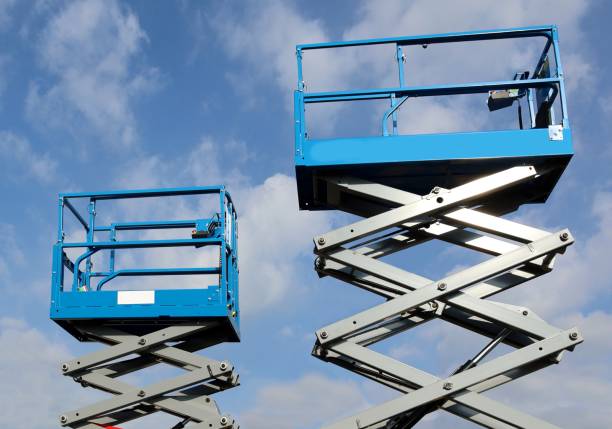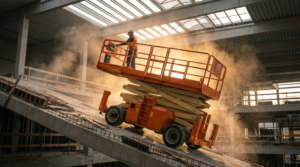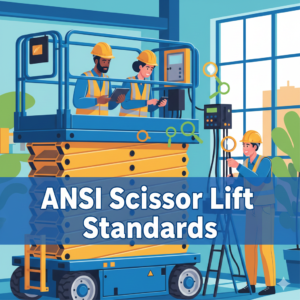When it comes to using scissor lifts, one of the most important factors to consider is the weight capacity. Scissor lifts are commonly used in various industries such as construction, maintenance, and warehousing. They provide a safe and efficient way to lift workers and equipment to elevated areas. However, it is crucial to understand the weight capacity of a scissor lift and how it applies to different applications.
Understanding Weight Capacity
The weight capacity of a scissor lift refers to the maximum amount of weight that the lift can safely support. This includes the weight of the workers, tools, and materials being lifted. Exceeding the weight capacity of a scissor lift can lead to instability, tipping, or even collapse, posing serious safety risks.
Factors Affecting Weight Capacity
Several factors can affect the weight capacity of a scissor lift, including:
1. Platform Size:
The size of the platform directly impacts the weight capacity. Larger platforms can accommodate more weight, while smaller platforms have lower weight capacities.
2. Lift Height:
As the lift height increases, the weight capacity may decrease. This is due to the mechanical limitations of the scissor lift at higher elevations.
3. Load Distribution:
Proper distribution of the load on the platform is crucial for maintaining stability. Uneven distribution can exceed the weight capacity on one side, leading to instability.
4. Working Conditions:
Environmental factors such as wind, uneven terrain, or slopes can impact the weight capacity of a scissor lift. It is important to consider these conditions when determining the appropriate lift for a specific application.
Weight Capacity for Different Applications
Construction:
In the construction industry, scissor lifts are commonly used for tasks such as installing drywall, electrical work, and painting. When selecting a scissor lift for construction applications, it is essential to consider the combined weight of workers, tools, and materials. Additionally, the height and reach requirements should be taken into account to ensure that the selected scissor lift can safely support the intended workload.
Maintenance:
Scissor lifts are often used for maintenance tasks in facilities and industrial settings. Whether it’s changing light fixtures, conducting inspections, or performing repairs, the weight capacity of the scissor lift must align with the specific maintenance requirements. Safety should be a top priority when choosing a scissor lift for maintenance applications.
Warehousing:
In warehouse environments, scissor lifts are used for inventory management, picking orders from high shelves, and general maintenance. The weight capacity of the scissor lift should be suitable for lifting heavy pallets or equipment to elevated storage areas. Additionally, maneuverability within narrow aisles should be considered when selecting a scissor lift for warehousing applications.
Choosing the Right Scissor Lift
Selecting the right scissor lift for a particular application involves careful consideration of the weight capacity in relation to the intended use. It is essential to consult the manufacturer’s specifications and guidelines to ensure that the chosen scissor lift can safely accommodate the anticipated load. Additionally, training operators on proper use and weight capacity limitations is crucial for maintaining a safe work environment.
In conclusion, understanding the weight capacity considerations for scissor lifts is vital for ensuring safety and efficiency in various applications. By evaluating factors such as platform size, lift height, load distribution, and working conditions, businesses can make informed decisions when selecting scissor lifts for construction, maintenance, warehousing, and other industries. Prioritizing safety and compliance with weight capacity guidelines is essential for preventing accidents and creating a secure work environment.
Learn More : NARROW VS. WIDE SCISSOR LIFTS: SELECTING THE RIGHT WIDTH FOR YOUR WORKSPACE





